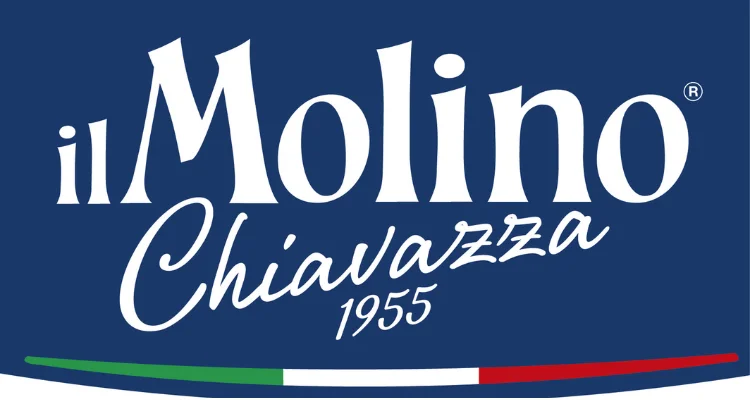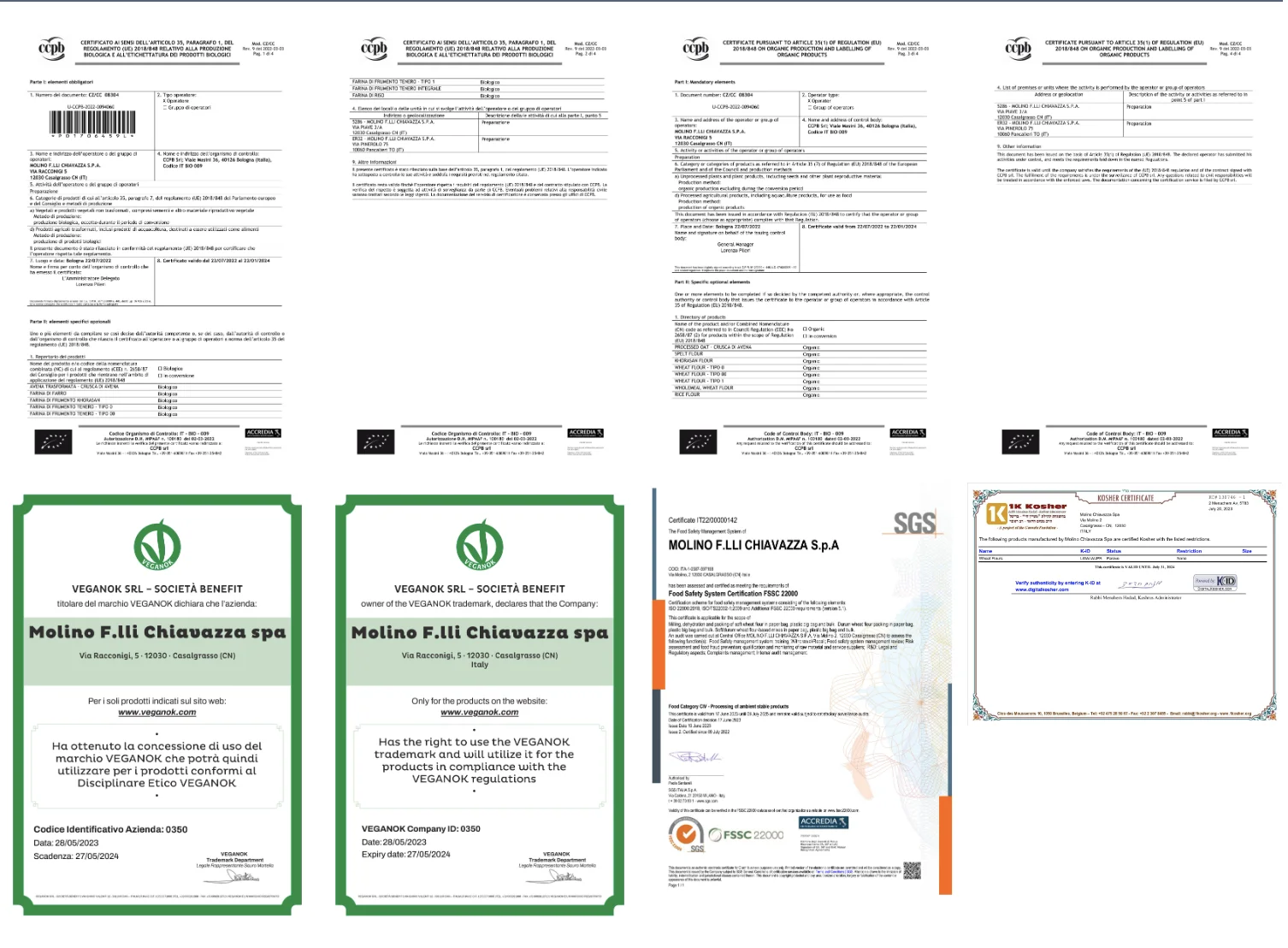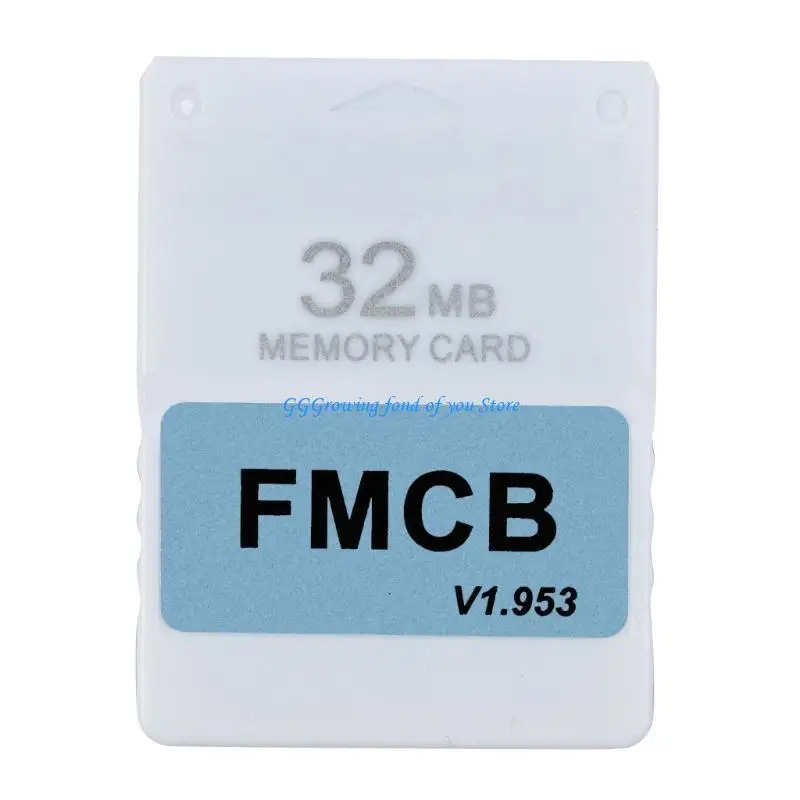Высококачественная 100% натуральная мука кускус идеально подходит для нескольких профессиональных применений изготовленных в Италии готовых к
- Категории: >>>
- Поставщик: Molino,F.LLI,Chiavazza,-,S.P.A.
Поделиться:
Описание и отзывы
Характеристики

Product Description
The couscous is really easy and fast to prepare (5 minutes). Traditionally the couscous is cooked with meat (lamb, rabbit, chicken) or fish. It is possible to prepare also an excellent vegetarian couscous seasoned with a light sauce.
THE PRODUCT
The couscous (medium grain) is an exotic international plate from Maghreb (Tunisia, Algeria, Morocco). Differently from others in commerce, the couscous « Il Molino » is produced exclusively with hard wheat semolina of higher quality
THE PACKAGING
The couscous of hard wheat is available for professional use in pack of 2 kg and for home use in packs of 500 g et 1 kg.
THE PRODUCT
The couscous (medium grain) is an exotic international plate from Maghreb (Tunisia, Algeria, Morocco). Differently from others in commerce, the couscous « Il Molino » is produced exclusively with hard wheat semolina of higher quality
THE PACKAGING
The couscous of hard wheat is available for professional use in pack of 2 kg and for home use in packs of 500 g et 1 kg.
Specification
item | value |
Storage Type | Ambient Temperature |
Specification | Couscous |
Manufacturer | Molino Chiavazza |
Ingredients | Couscous |
Content | Couscous |
Address | St. Racconigi 5, 12030 Casalgrasso (CN) |
Instruction for use | Professional use pack of 2kg, home use 500g/1kg |
Weight (kg) | 0.5/1/2Kg |
Shelf Life | 10 Months |
Place of Origin | Italy |
FAQ
1. What is the difference between soft and hard wheat?
For the purposes of food use, wheat is divided into two species: soft and hard. The former, which have a floury appearance when cut and are easily flaked, are mainly used for the production of flour for bread-making or, in general, for bakery products. The latter, which when fractured are amber-coloured and have a vitreous fracture, are used to obtain semolina and semolina destined for the production of alimentary pasta.
For the purposes of food use, wheat is divided into two species: soft and hard. The former, which have a floury appearance when cut and are easily flaked, are mainly used for the production of flour for bread-making or, in general, for bakery products. The latter, which when fractured are amber-coloured and have a vitreous fracture, are used to obtain semolina and semolina destined for the production of alimentary pasta.
2.What is gluten?
Gluten is a plastic protein complex that is organised in the dough in a dense network capable of supporting the other components and giving volume to baked goods. The importance of wheat arises from the presence in the endosperm of two proteins, gliadin and glutenin, which in contact with the water in the dough give rise to gluten.
Gluten is a plastic protein complex that is organised in the dough in a dense network capable of supporting the other components and giving volume to baked goods. The importance of wheat arises from the presence in the endosperm of two proteins, gliadin and glutenin, which in contact with the water in the dough give rise to gluten.
3.What is meant by 'strong' or 'weak' flour?
Taking the breadmaking quality of the flour (i.e. its intended use) as a reference, it is usual to identify three categories:
Strong flours, used in the production of preparations that have a long processing cycle (leavened products, panettone,...)
Medium strength flours; used in breadmaking
Weak flours; used to produce dry biscuits and industrial breadsticks.
Taking the breadmaking quality of the flour (i.e. its intended use) as a reference, it is usual to identify three categories:
Strong flours, used in the production of preparations that have a long processing cycle (leavened products, panettone,...)
Medium strength flours; used in breadmaking
Weak flours; used to produce dry biscuits and industrial breadsticks.
4.What is the difference between semolina, granite and flour?
Flours are made up of impalpable flours. Semolina and granite, on the other hand, consist of harder, non-floured endosperm particles made from hard and soft grains respectively.
Flours are made up of impalpable flours. Semolina and granite, on the other hand, consist of harder, non-floured endosperm particles made from hard and soft grains respectively.
5.What is the shelf-life of a product?
Shelf-life is the commercial life (shelf-life) of a product stored under appropriate conditions.
Shelf-life is the commercial life (shelf-life) of a product stored under appropriate conditions.
Company Profile

The origins
The activity dates back to 1955, when brothers Andrea and Luigi Chiavazza, already owner of a bakery at the entrance of Casalgrasso, leased the old mill fed by the waters of the Rio Freddo channel, used for the beating of hemp and to grind wheat and rye. The mill management is entrusted to the sons of Luigi, Bartolomeo (1924-2009) and Giuseppe (1936), which replace the old millstones with mechanical rollers, transforming the high-grinding mill with a daily processing capacity of 120 tons of wheat. In that same year Bartolomeo married Giuseppina Bauducco from Pancalieri of which will always be by his side in the management of the mill.

The 1960's
The years the “economic miracle” (1958-1964) are a breakthrough in consumption. Companies introduce new technologies, expand production capacity and expand the distribution networks. The enterprises introduce new technologies, they widen the productive ability and thevdistributive nets.


The 1970’s and 1980’s
Bakeries and pasta-making industry are the principal clients of the Molino Chiavazza; in different occasions the export toward to
foreign markets represent an important market. Meanwhile the growing organized retail outlets, intended to absorb increasing
quantity of products packaged with its own brand or of the manufacturer.
foreign markets represent an important market. Meanwhile the growing organized retail outlets, intended to absorb increasing
quantity of products packaged with its own brand or of the manufacturer.

The 1990’s and 2000’s
Industry brand must have to use not only marketing, but also technological barriers and production efficiency. To strengthen its own trademark, the Molino Chiavazza put in place a precise marketing strategy: invests in packaging, in new formats and services to consumers. New products are no longer only commodity; aim to have innovation, technological barriers and added value. The Molino Chiavazza extends his range with products manufactured in AL.NA. in Pancalieri and aims to diversify the offer by introducing semi-finished and ready mixes.

Packing & Delivery
To better ensure the safety of your goods, professional, environmentally friendly, convenient and efficient packaging services will be provided.
Certifications


Похожие товары
Экспорт чистой муки Baba Ragi
US $38.00-$41.00
Высококачественная натуральная пшеничная мука Вьетнам
US $300.00-$800.00
Высококачественная белая рисовая мука/праздничный Ms
US $600.00-$800.00
Рисовая мука/пшеничная мука Erawan
US $500.00-$1000

















